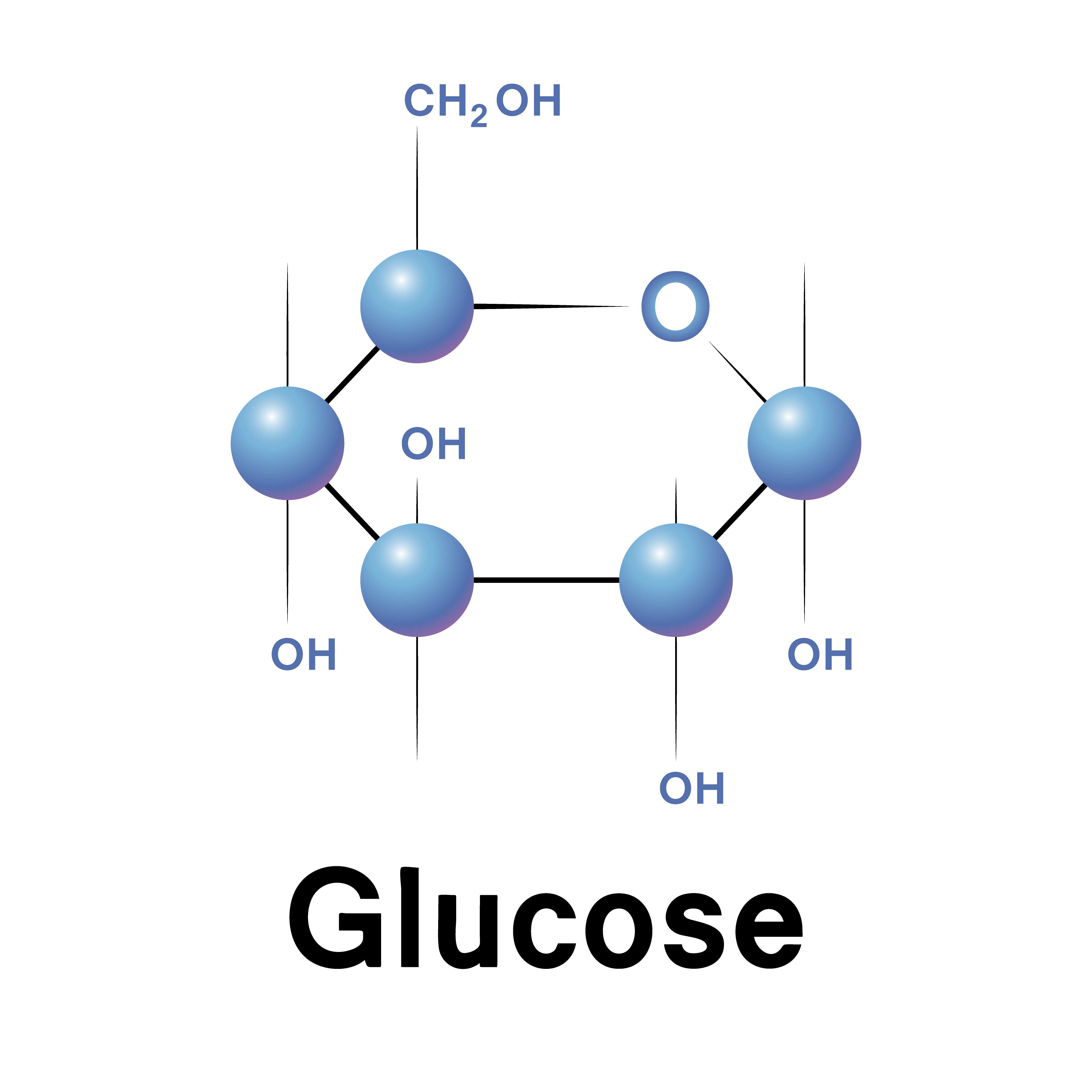For athletes and others who exercise, glucose is the key energy source that powers their activity. Since it's what makes them go – and keeps them going – maintaining proper levels are essential to achieving the desired performance.
Glucose and fat are essential to powering muscles. But glucose is the only energy source that fuels the brain and sustains motivation to keep going. "Hitting the wall," the common term used among athletes who realize that they can go no further, is a result of the brain having no more glucose to draw upon.
Therefore, scientists believe, if the depletion of glucose in the brain could be reduced or slowed, running into "the wall" could be theoretically be delayed. In practical terms, that would translate into pushing it back long enough to complete an activity without substantial mental resistance, like when running a marathon.
A recent study examined this glucose-brain connection, demonstrating in its experimentation on mice that a future treatment could be developed. Getting there would take a few steps, which without diving into overly scientific jargon include these basics concepts.
 There's a known chemical catalyst called PPARδ, which triggers a slowdown in the amount of glucose consumed and allows for a more efficient burn. In the study, which was published May 2 in Cell Metabolism, the catalyst was "turned off" in a control group of rodents exerting themselves – and they under-performed.
There's a known chemical catalyst called PPARδ, which triggers a slowdown in the amount of glucose consumed and allows for a more efficient burn. In the study, which was published May 2 in Cell Metabolism, the catalyst was "turned off" in a control group of rodents exerting themselves – and they under-performed.
But when another group of the same mice were given GW501516 or "GW," which according to the study are "small molecule ligands that specifically activate PPARδ," those mice proved more active then the first.
"By increasing blood glucose [by injection], exhausted mice were able to resume running for another ∼20 min, confirming that blood glucose is the major determinant of endurance," the paper stated. "Interestingly, while the blood glucose in the control mice started dropping after 90–120 min of running, GW-treated mice were able to maintain normal glycemic levels for extended periods and delay the onset of blood glucose reduction even after 180 min of running."
When speaking to marathoners aware of "the wall," it's common to hear them say that it usually arrives around the 18-, 19- or 20-mile marker of the 26.2-mile journey. If they're not underweight or overweight and run at a so-called standard pace, the wall emerges when their glycogen – the principal storage form of glucose – is exhausted.
"Our bodies store about 1,800 to 2,000 calories worth of glycogen in our muscles and liver. On average, we use about 100 calories per mile when running," states Runner's World magazine.
It will be a scientific process to apply to humans what was just learned here in mice, so there's no antidote to "hitting the wall' in the near future. As far as when that might approximately occur, it's probably fair to say the race in underway and there's plenty of pavement ahead before the finish line comes into view.




